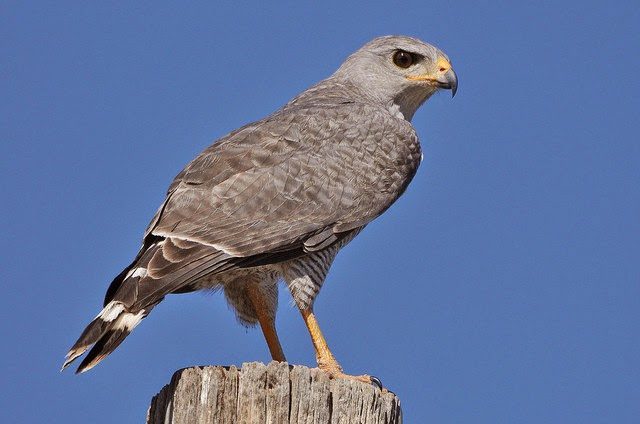Last Tuesday, very early in the morning, a gray hawk was seen on the balcony of a tower apartment in Sabana. To this bird, resident in the country, it is common to see it in the Central Valley, although now less than before. In the last 4 years, a hawk has been watched of these 35 times in the La Sabana metropolitan park (it does not mean that they are 35; they could be less than that number).

“The gray hawk is a predatory species. It feeds on other tiny birds and rodents like mice and rats. Its size is varied, it has strong claws, and robust beaks to hold its prey”, explained Armando Soto, technical coordinator of the Una Nueva Sabana project.
That project of planting varied trees in La Sabana has helped many species find nest and food in that park. Of course, in the case of gray hawks they are not attracted to fruit trees. “They take advantage of the height of the trees and look for other factors such as where to perch (stand), nest or look for food”, added Soto.
Since the project to plant new trees in La Sabana, in 2011, 135 species of birds have been identified. Previously, Soto said, there was no continuous monitoring process, so it was difficult to have information about the presence of these animals in that plant lung of San José.
A new plant lung
With the launch of this initiative in La Sabana, carried out jointly with Scotiabank and the Icoder (Costa Rican Institute of Sports and Recreation), 235 species of trees have been planted in La Sabana. Some of them are in danger of extinction, such as the guayacán real , cristóbal, mahogany, caobilla, and cedar.
“At the end of last year, the project was 95% complete. A total of 4,755 trees have been planted, which has involved more than 4,000 volunteers”, said Soto.
In 2019, this task will be terminated. At this moment the extraction of 210 trees is carried out so that 250 new trees are planted from July to October. With the wood of the trees that are in good condition, 40 recycling stations will be made.
“The wood is processed in the sawmills of the UNA and it is transferred to the CAI San Luis Semi-Open Center of the Ministry of Justice, located in Santo Domingo de Heredia, where a group of inmates is responsible for building picnic tables, garbage cans, signs, and recycling stations”, explained Vivian Ortega, from the Planning Department of ICODER.


